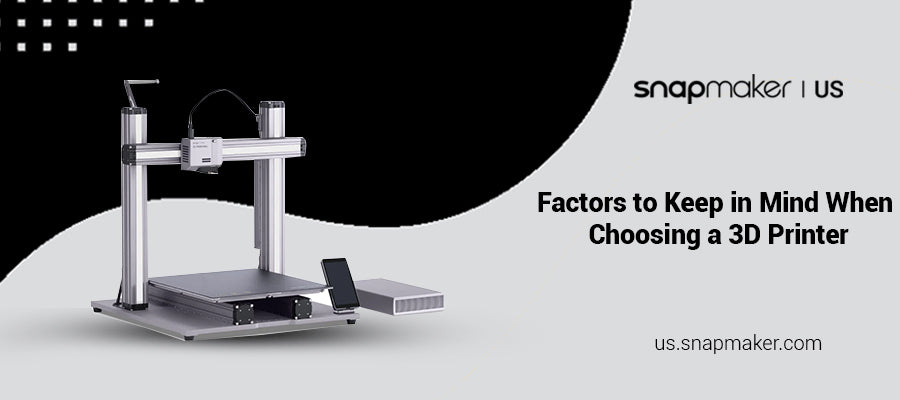3D printing is a manufacturing process in which a three-dimensional object is created by layering materials based on a digital design. It allows for the creation of complex shapes and designs that would be difficult or impossible to produce using traditional manufacturing methods.
There are several different types of 3D printers, each with its own unique set of features and capabilities. Some of the most common types of 3D printers include:
- Fused Deposition Modeling (FDM) printers, which use a plastic filament that is melted and extruded through a nozzle to create the object.
- Stereolithography (SLA) printers, which use a laser to cure a photosensitive resin and create the object layer by layer.
- Selective Laser Sintering (SLS) printers, which use a laser to sinter (or fuse) powdered materials, such as metal or plastic, to create the object.
For a beginner, a FDM printer may be the best starter 3D printer because they are generally the most affordable and easy to use. They also have a wide range of materials available, including PLA, ABS, and PETG, which are all relatively easy to work with. Additionally, FDM printers are known for their reliability and durability, making them a good choice for someone just starting out with 3D printing.
Commercial 3D Printing
When choosing a 3D printer for commercial use, there are several key factors to consider. These include:
- The type of materials the printer can handle: Different 3D printers are capable of working with different materials, such as plastics, metals. It's important to choose a printer that can handle the types of materials you need for your business.
- The size and resolution of the objects it can print: The size and resolution of the objects a printer can produce will determine the range of products you can create with it. For example, if you need to produce large or highly detailed objects, you'll need a printer with a larger build volume and higher resolution.
- The speed at which it can produce objects: For commercial use, speed is often an important factor. The faster a printer can produce objects, the more efficiently your business can operate.
- The overall cost of the printer: The cost of the printer itself is an important consideration, as is the cost of materials and maintenance. It's important to choose a printer that offers good value for money and will be cost-effective for your business in the long run.
In addition to these factors, it may also be helpful to consider the reputation and customer support of the manufacturer, as well as any additional features or capabilities the printer offers.
In conclusion, 3D printing is a versatile and innovative manufacturing process that allows for the creation of complex and customized objects. There are several different types of 3D printers available, each with its own unique set of features and capabilities.
When looking for the best large 3D printer for commercial use, it's important to consider factors such as the type of materials it can handle, the size and resolution of the objects it can produce, the speed at which it can operate, and the overall cost. By carefully considering these factors, businesses can choose a 3D printer that will meet their specific needs and help them to operate more efficiently and effectively.
